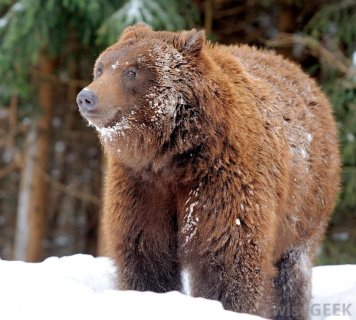
Definition of semantics
Semantics is one of the important branches of linguistics that deals with interpretation and meaning of the words, sentence structure and symbols, while determining the reading comprehension of the readers how they understand others and their interpretations. In addition, semantics construct a relation between adjoining words and clarifies the sense of a sentence whether the meanings of words are literal or figurative.
Example 3
In the famous soliloquy of Hamlet, “To be or not to be” William Shakespeare has used a word that we use quite differently these days. Hamlet says that, “When we have shuffled off this mortal coil.” Here “mortal coil” carries a connotative meaning that suggests life. However, we are using coils in different connection today, which means a series of spirals tightly joined together.
Example 4
We can understand the use of semantic in the beginning of Hedda Gabler, in which Bertha mentions Hedda as, “she’s real lady wants everything just so.” This sentence lays emphasis on the implication that unlike Hedda, other women are not real, neither they have any discipline, nor sequence in the schedules of their life. In another dialogue, she says, “But, Lord! I never dreamed I’d live to see a match between her and master George.” Here, an exclamation mark highlights Bertha’s feelings of curiosity and astonishment. Her word choice, “never dreamed” shows her intensity of surprising emotions about class inequality.
Example 5
We can find use of semantic features in poetry more elaborately, as these features describe the meanings of sentences, phrases and words and make relation between them. These features include personification, simile, imagery, metaphor and allusion, etc. For example in William Blake’s poem Night, he uses all semantic features. The poet employs a simile to compare beauty of moon with flower, “The moon like a flower, ” then uses a covert comparison between unlike things as, “And there the lions ruddy eyes, Shall flow with tears of gold”; here tears of gold illustrates the value of tears. Then, we see personification, “The feet of angels bright” and imagery, “The sun descending in the west, /The evening star does shine”, brings a picture in the minds of readers.
You might also like











 A definition (≝) is a passage that explains the meaning of a term (a word, phrase or other set of symbols), or a type of thing. The term to be defined is the definiendum. A term may have many different senses or meanings. For each such specific sense, a definiens is a cluster of words that defines that term.
A definition (≝) is a passage that explains the meaning of a term (a word, phrase or other set of symbols), or a type of thing. The term to be defined is the definiendum. A term may have many different senses or meanings. For each such specific sense, a definiens is a cluster of words that defines that term.